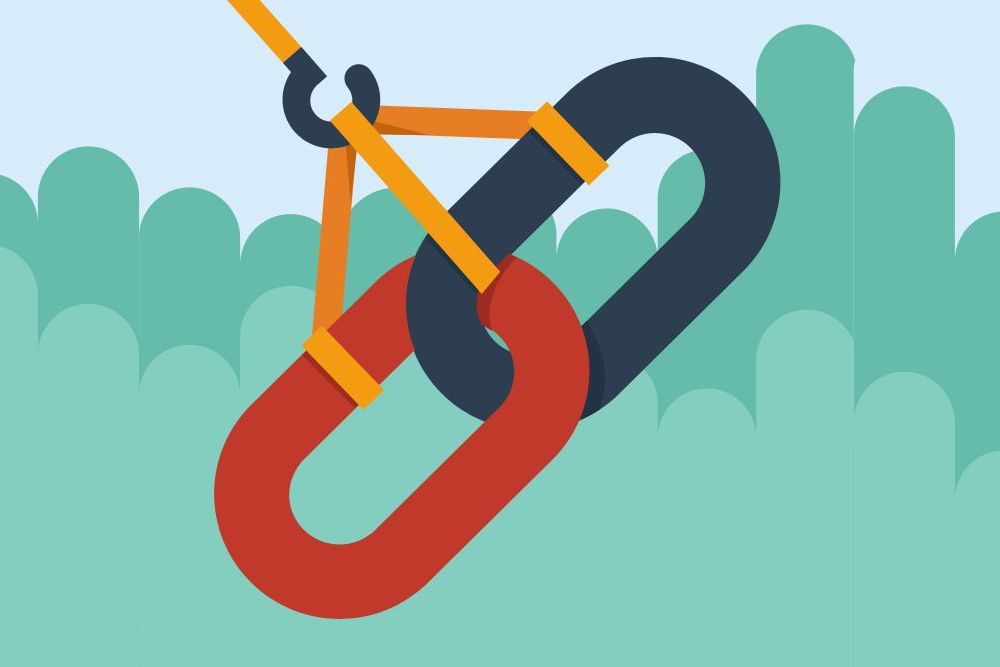a source document issued by a business to place an order with a supplier or vendor
What is a purchase order?
When a product purchases goods or services, a purchase order is a requirement. A purchase order is a written instruction that the customer gives to the supplier. A purchase order is a legal document that commits the buyer to pay the seller for a good or service that will be provided in the future. The buyer and the seller are therefore the two primary parties, and they begin to discuss the type, volume, price, and delivery date. A purchase order begins with a requisition and then asks the seller for permission to move forward with the order. Once the seller grants permission, the purchase order turns into a binding contract between the seller and the buyer. Have a look at what is purchase order
Steps in ordering
- Purchase requisition
The first step is to send a requisition to the seller This is a record that the company’s purchasing division receives to keep track of the items ordered.
Only once the authorized manager has approved the purchase request is the PO created.
- Purchase order
Once the approval is accepted the buyer created the purchase order with the required information like
- Name of each item
- Quality of each item
- Price of item
- Stock keeping unit ( SKU) codes
- Unique purchase order number
- Delivery date
- Names of the buyer and seller
- Contact details of the buyer and seller
- Billing address
- Payment terms
- Brand names
- Accept or reject PO
Once the purchase order is faxed or emailed to the seller, he has all the right to accept or reject the proposal even after the requisition because now the seller has more details regarding the order so if it’s not favorable to the seller.
The PO, however, becomes a binding contract for both seller and buyer once it is accepted.
- Record the PO
A purchase order is still considered “open” after it has been placed. In the case of an open purchase order, the order has been placed but the products have not yet been delivered.
Benefits
- increases the accuracy of financial and inventory management because the information is documented.
- Because the purchaser must specify the credit limit and spending limit, budgeting is improved.
- Due to its scheduling and tracking capabilities, purchase orders aid in on-time delivery.
- Between the seller and the customer, the purchase order is a binding contract.
- The risk of duplicate orders is avoided
- The legal document is created
How does it benefit the supplier?
The products indicated on the PO will be taken out of the supplier’s inventory when they receive the PO. The PO aids in maintaining a record of the available inventory and locating any inconsistencies between the values indicated in the records and the real stock.
Purchase Order vs Invoice
| Purchase Order | Invoice | |
| a source document issued by a business to place an order with a supplier or vendor | A commercial document known as an invoice lists the payment that is “due” for the items that were sold. | |
| PO is issued by the Buyer | Invoice is issued by the seller | |
| Buyer send PO is the Seller | Seller sends invoice to buyer |
Purchase order vs sales order
| Purchase order | Sales order |
| a source document issued by a business to place an order with a supplier or vendor | Sales orders are written confirmations that the merchant sends to the buyer prior to Teri for delivery. |
| Purchase order is prepared by the buyer | Sales order is prepared by the seller
|
| PO is used for ordering the goods | SO is user for confirmation of sales |





